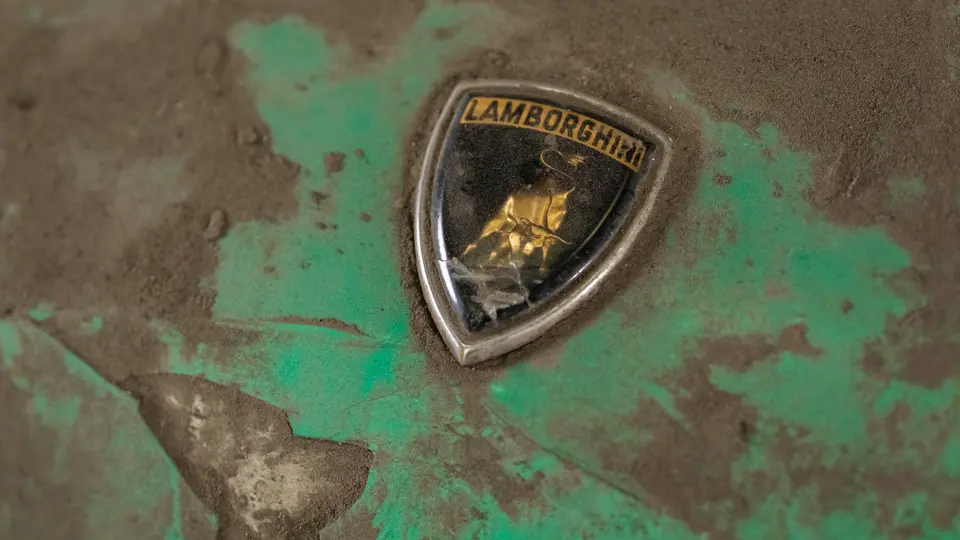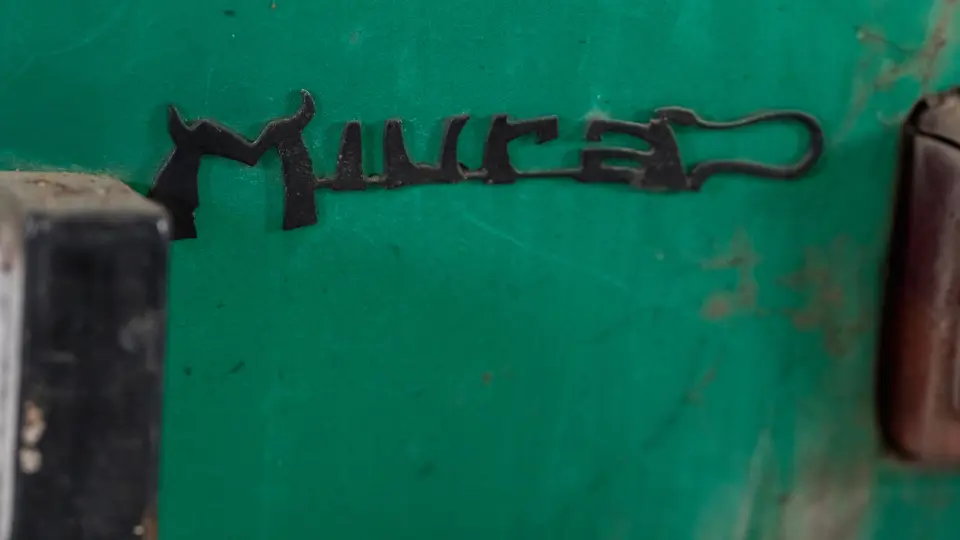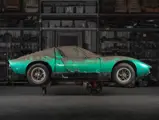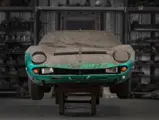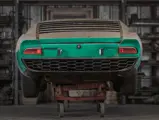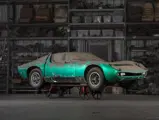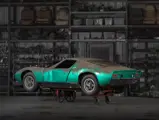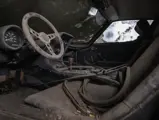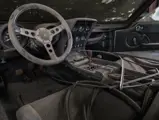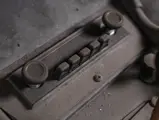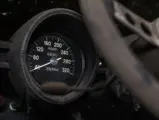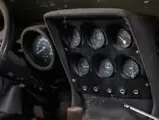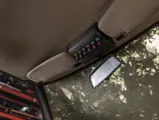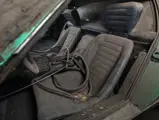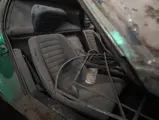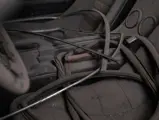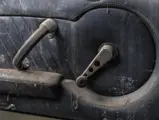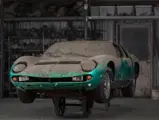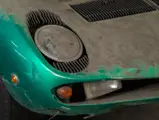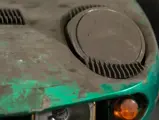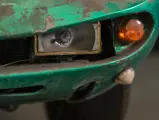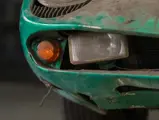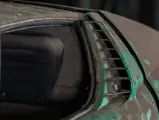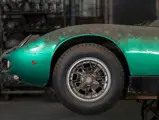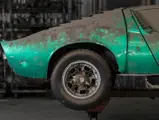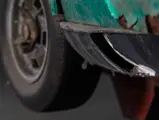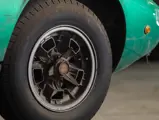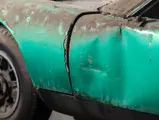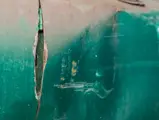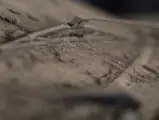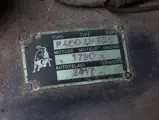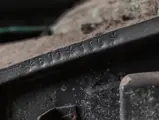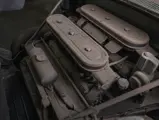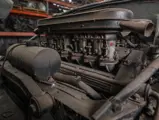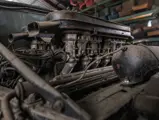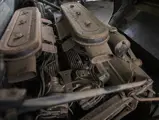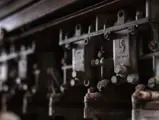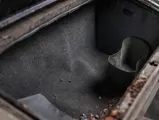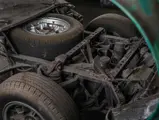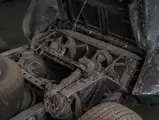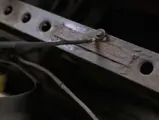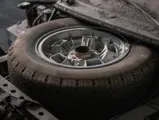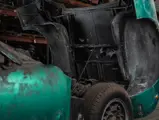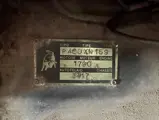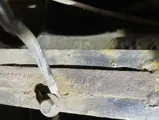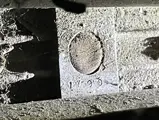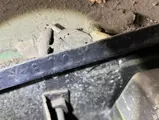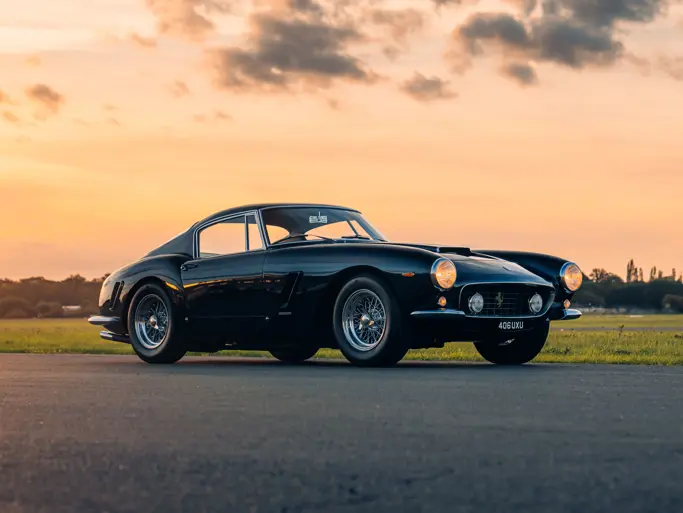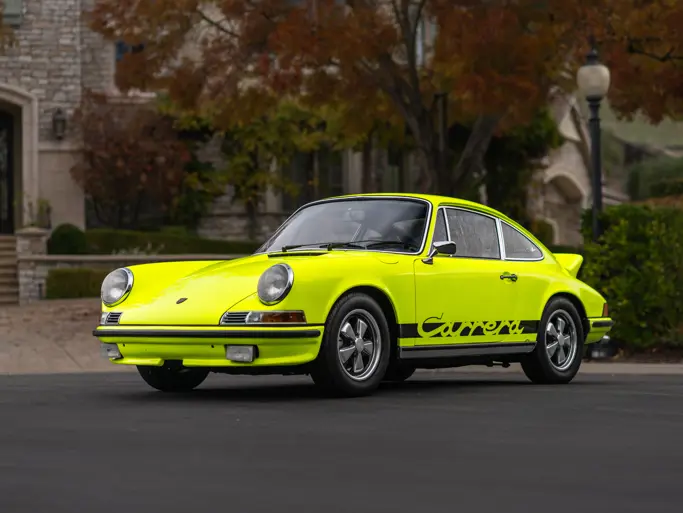
1968 Lamborghini Miura P400 by Bertone
{{lr.item.text}}
$1,325,000 USD | Sold
{{bidding.lot.reserveStatusFormatted}}
- The 159th of 275 examples built
- Retains matching-numbers V-12 engine and Bertone coachwork
- Offered from over 46 years of long-term storage in the Junkyard
- Originally finished in Giallo Miura paint over a Bleu interior
- A golden opportunity to rejuvenate a “missing” Miura, the original modern supercar
The Lamborghini Miura is often credited as being the progenitor of the modern supercar, given that it was the first series-produced sports car to feature a rear-placed large-displacement engine, and sensationally expressive coachwork. This basic architecture has characterized nearly every significant flagship supercar that followed, from the Ferrari Berlinetta Boxer of the 1970s to today’s crop of Koenigseggs and Paganis.
The Miura’s design team eventually proved to be a gathering of all-stars, with soon-to-be legendary engineers Gian Paolo Dallara and Paolo Stanzani developing the chassis as an after-hours project. They dropped an up-tuned version of the Bizzarrini-designed Lamborghini V-12 engine into the rear compartment, positioning it transversely to boot. Racing mechanic Bob Wallace, then employed as a factory test driver/developer, provided careful feedback and suggestions that were key to honing the model into increasingly greater states of engine tune and chassis performance.
The Miura was initially presented as a rolling chassis at the 1965 Turin Motor Show, drawing considerable customer interest, and four months later a fully clothed prototype was unveiled at the 1966 Geneva Salon. Bertone’s sleek, curvaceous body design, penned by a young Marcello Gandini, stopped showgoers in their tracks, evoking an overwhelmingly positive reaction.
Named for the legendary breed of Spanish fighting bulls that run Pamplona, the first-generation Miura P400 developed 350 horsepower and could reach 170 mph. It was built in a modest quantity of just 275 examples through 1970, when it was superseded by the upgraded P400 S. Though the Miura would become increasingly powerful with forthcoming iterations, none were as pure and novel as the original P400. It is, without exaggeration, one of the true paragons of sports car design, and a blue-chip collectible of unanimous merit.
Originally finished in Giallo Miura over an interior upholstered in Bleu leatherette this example, chassis number 3417, was specified for the Italian market and equipped with instruments in kilometers. The Miura was officially dispatched from the factory to the dealer Lamborcar in March 1968, and the customer of record is listed only as a Mr. Zampolli. It should be noted that according to The Lamborghini Miura Register, a Miura claiming this car’s identity was for sale in 2006 in Germany, painted black with an SV appearance. However, RM Sotheby’s has inspected this 1968 Lamborghini Miura P400 on offer in The Junkyard: The Rudi Klein Collection and confirmed that this is production example 159 and that all visible body, chassis, and engine numbers correlate to this Miura being the authentic chassis number 3417.
Although Zampolli is not an uncommon Italian name, it is nevertheless fair to speculate whether this car's original owner might have been Claudio Zampolli, the Lamborghini factory test engineer/driver who worked alongside Bob Wallace, and who eventually founded the Cizeta supercar concern. Zampolli also imported Lamborghinis to Southern California, which might explain how this car came into the possession of Rudi Klein by the late 1970s. While this is merely conjecture, we know that the Miura was on the premises of Porche Foreign Auto Wrecking by March 1978, as reflected by a handful of dated photo prints on file. By then painted in the current shade of bright aqua green, the Miura went into a period of extended storage no shorter than 46 years, from which it now finally emerges.
Lamborghini collectors are therefore invited to consider the availability of the long-undocumented chassis number 3417, which promises to be an intriguing restoration project. The P400 desirably retains its matching-numbers V-12 engine, offering the perfect platform for a comprehensive refurbishment, for that caretaker seeking to steward an important ground-up rebuild. Once returned to its glorious authentic state, chassis number 3417 will assuredly receive a warm welcome at major Italian motoring events and concours d’elegance.
For the true purist of automotive archaeology, who would be so bold as to oversee a major rejuvenation, there could hardly be a more inviting prospect!







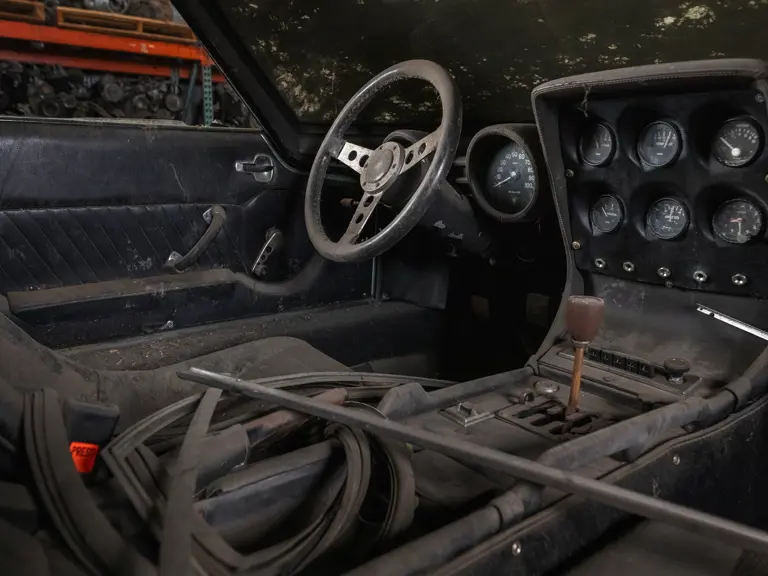

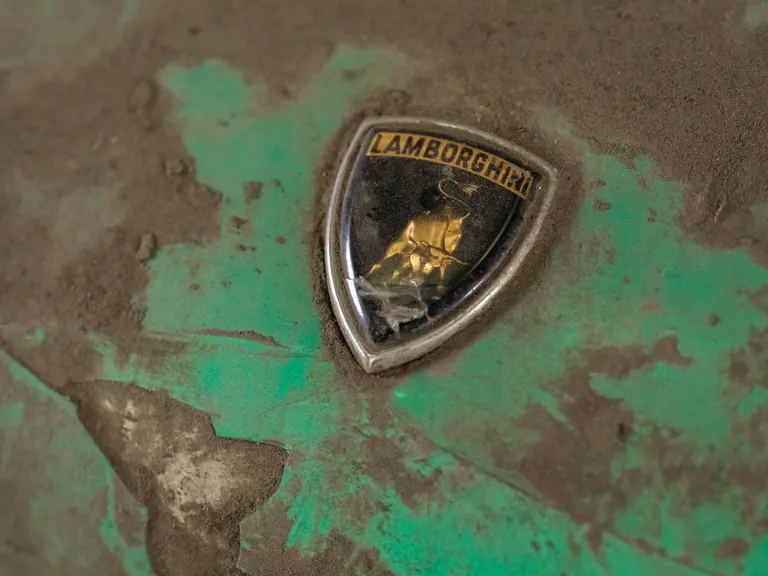
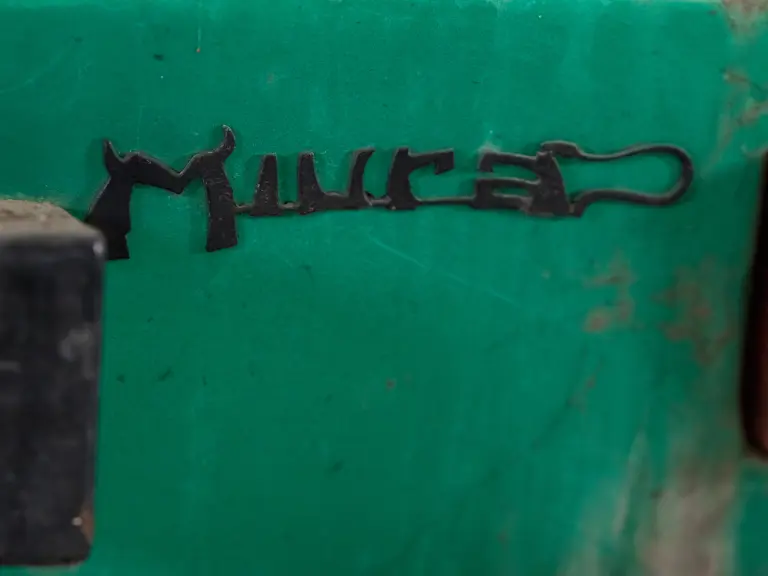



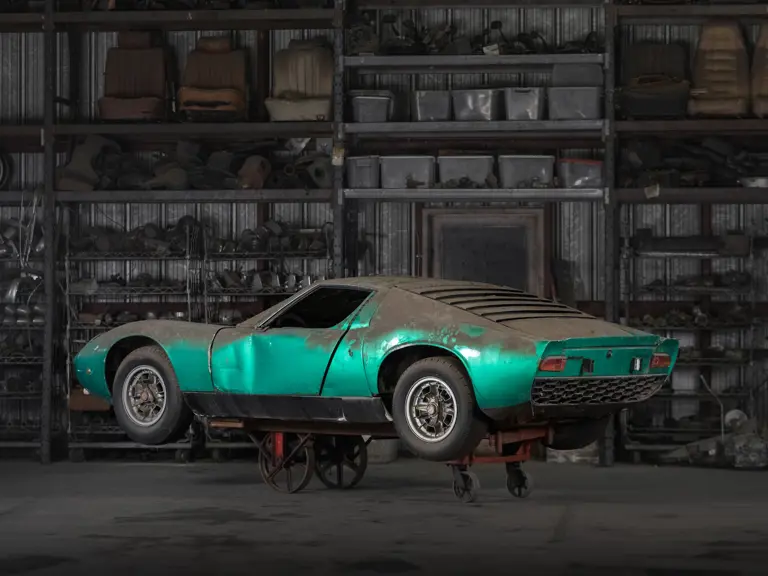

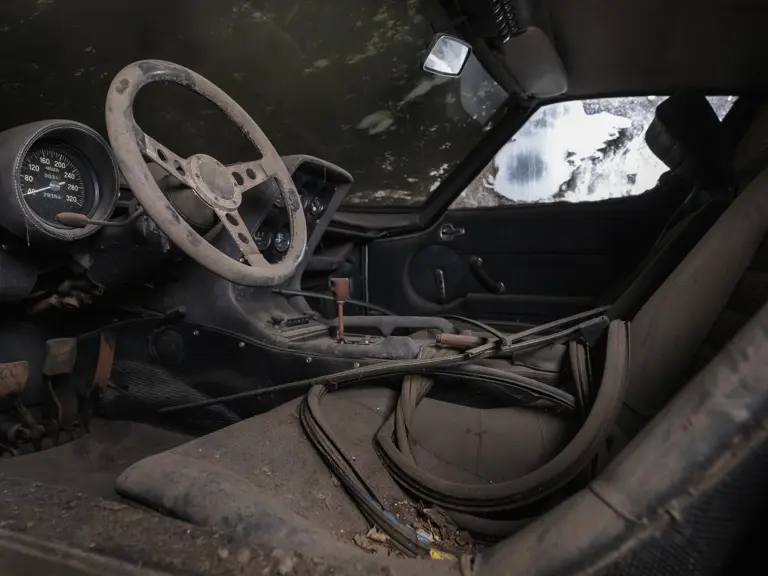
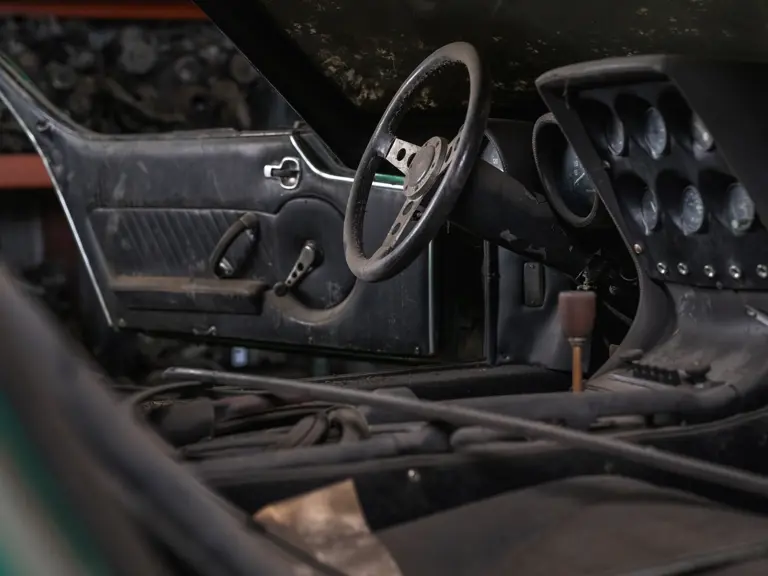
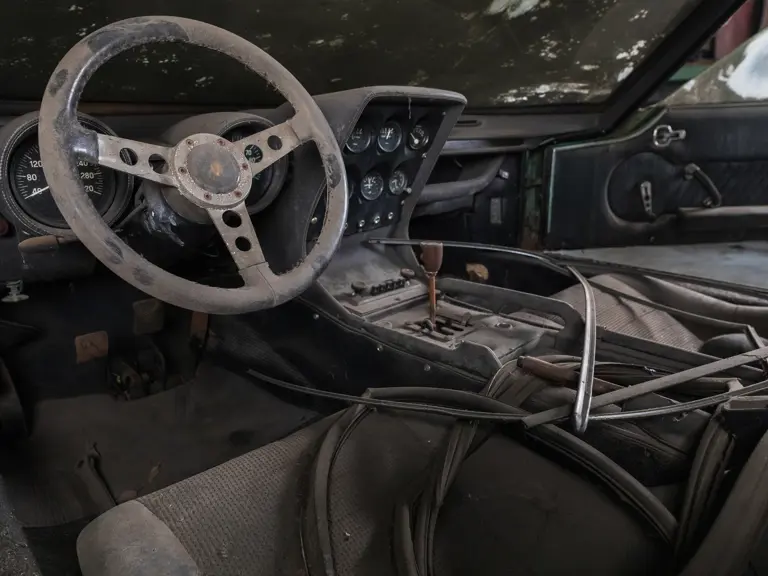

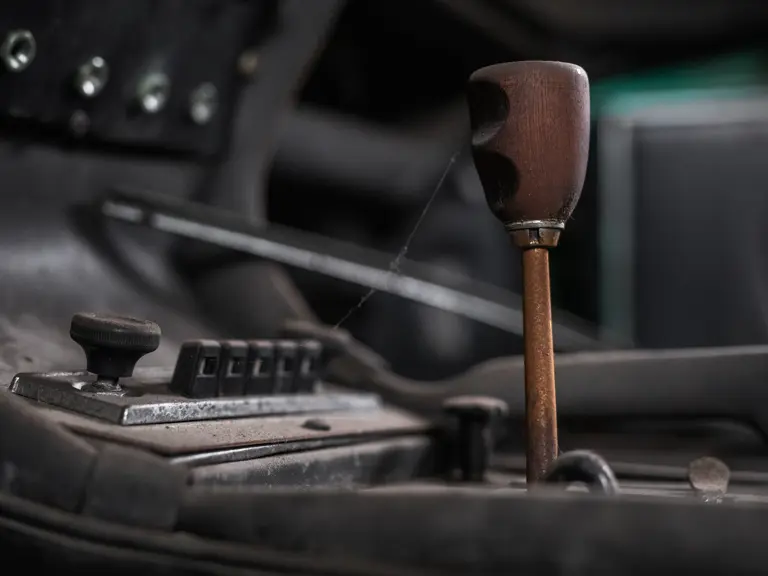
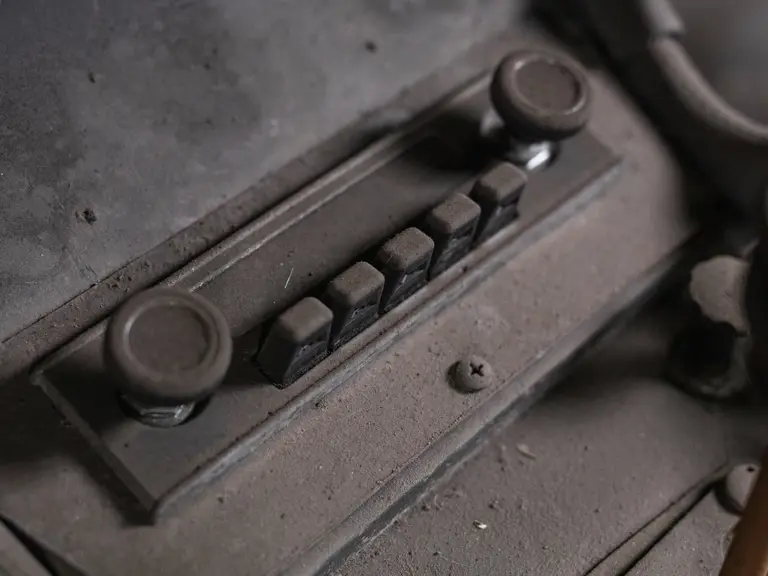
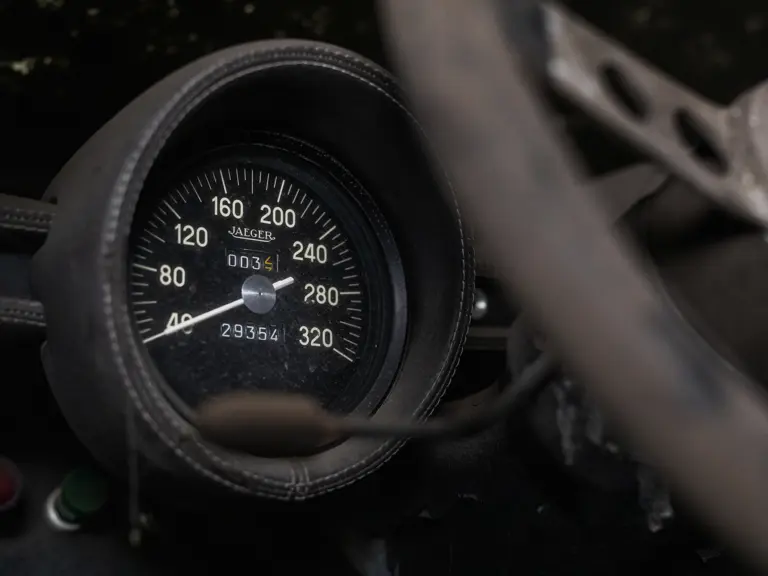

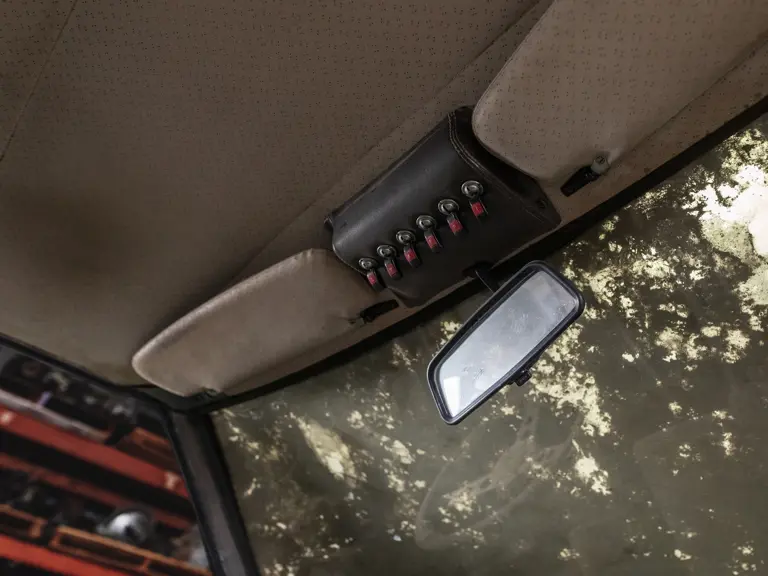
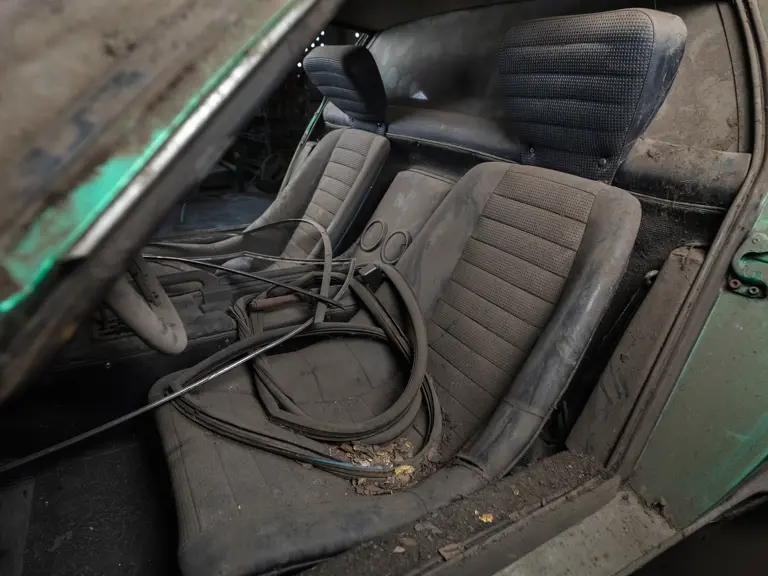


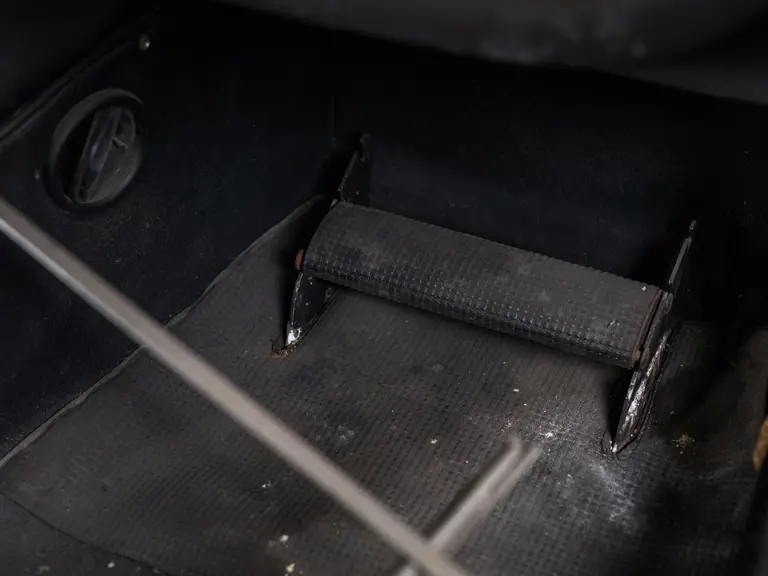
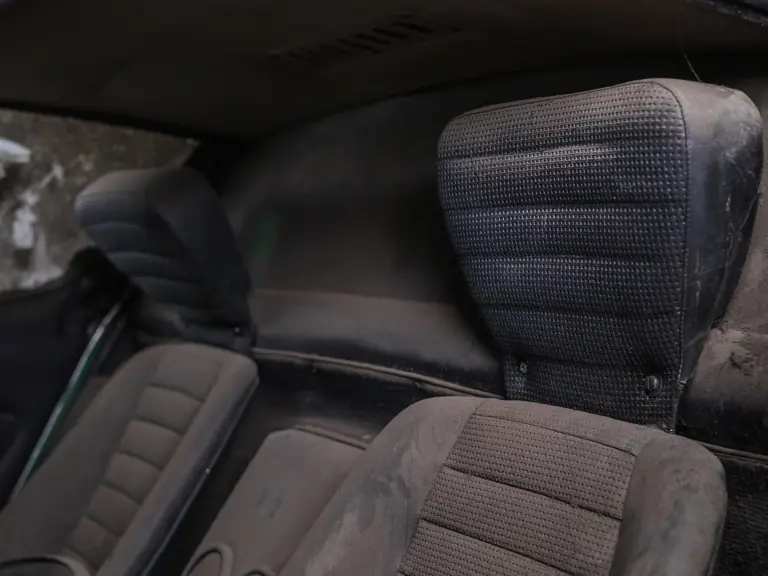

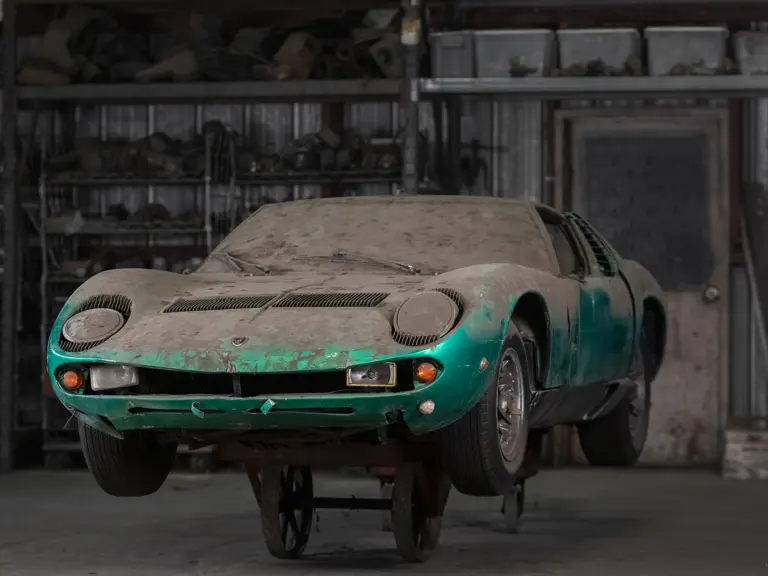
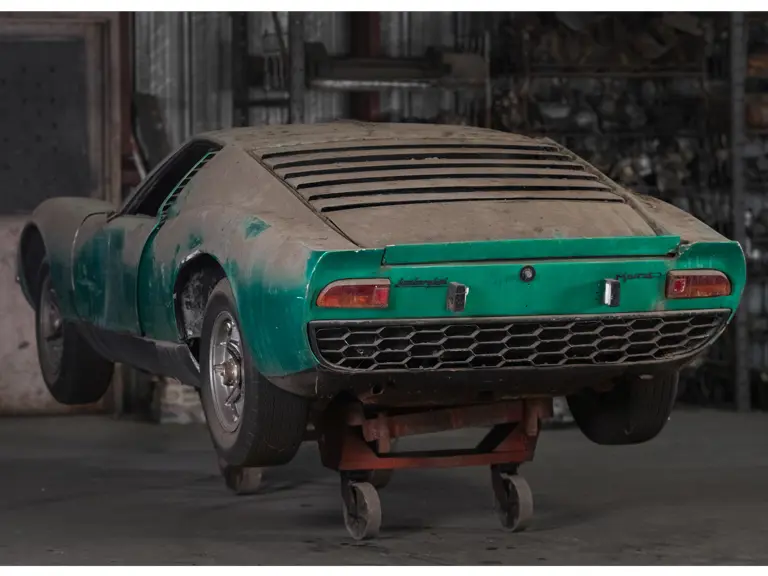
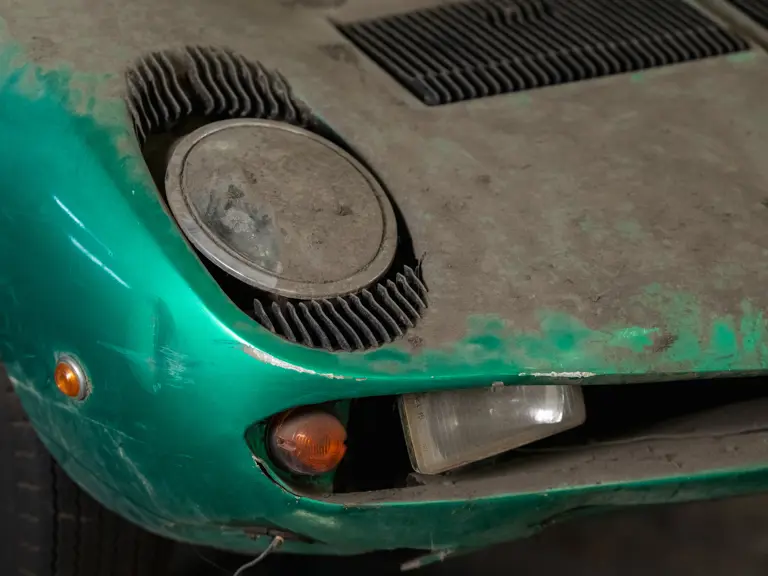
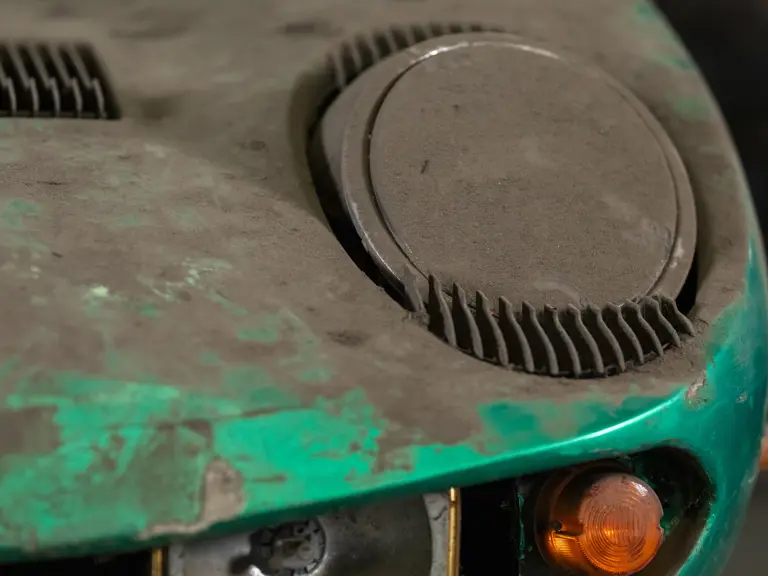

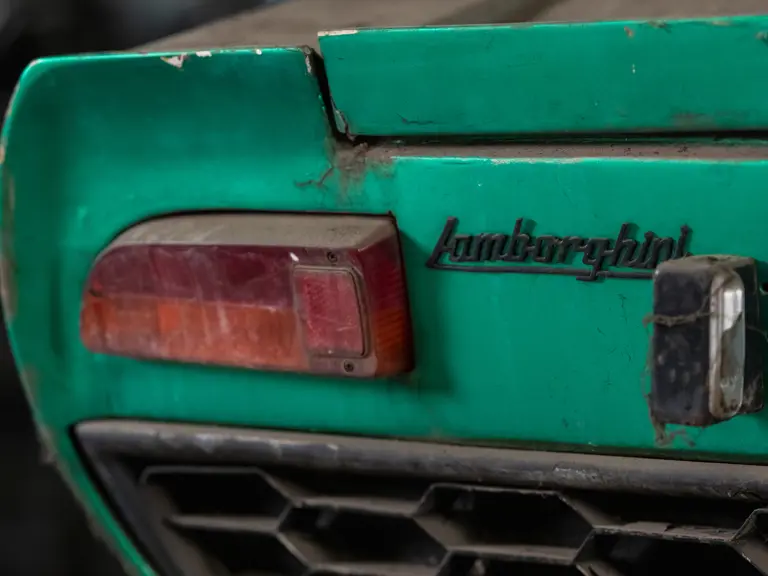
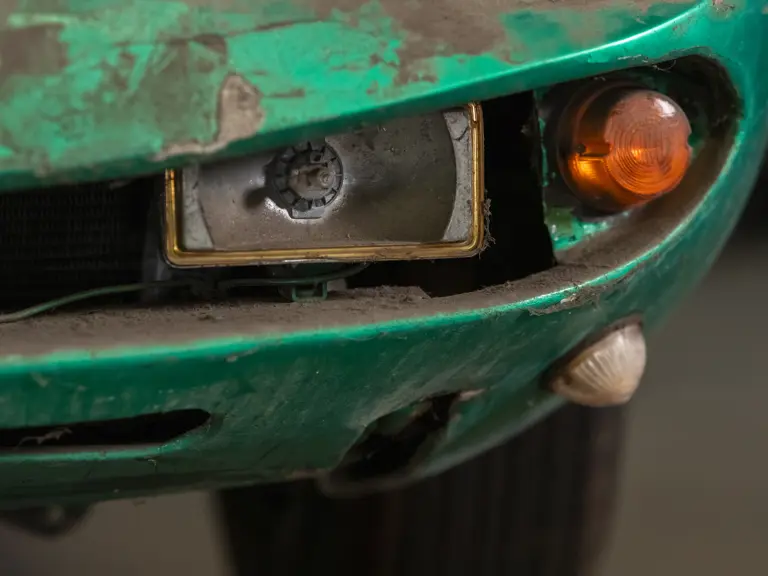
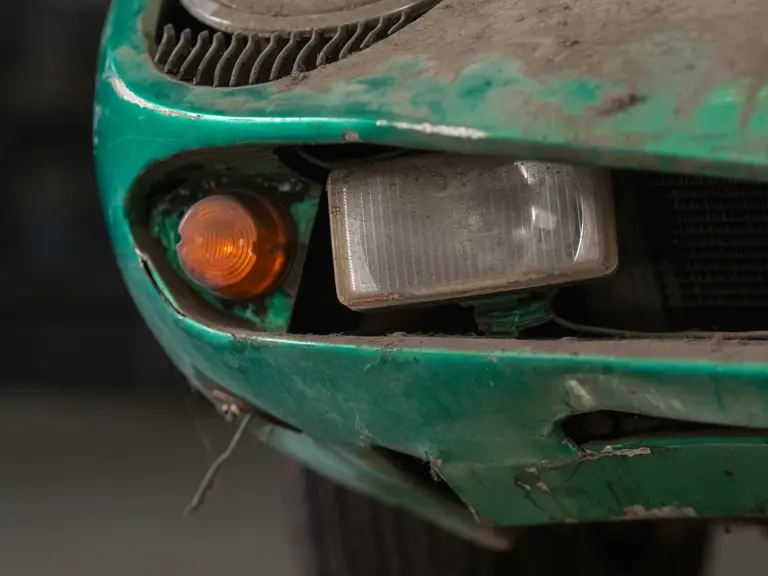
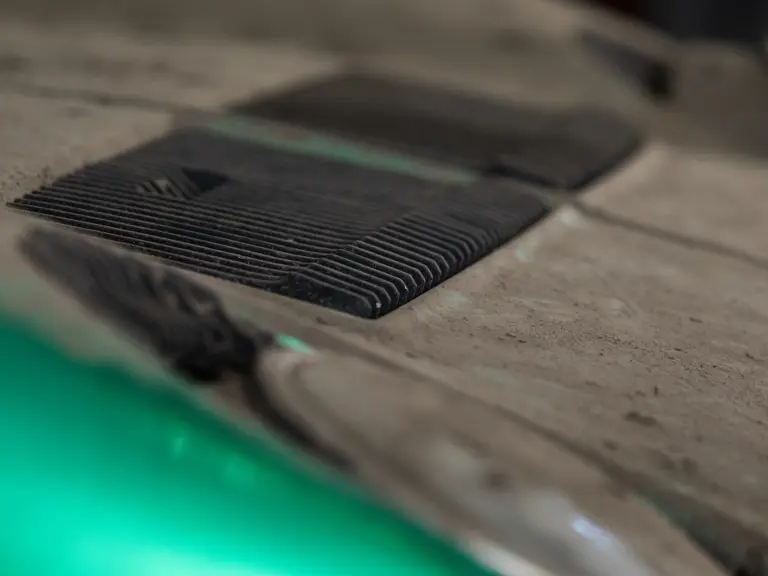


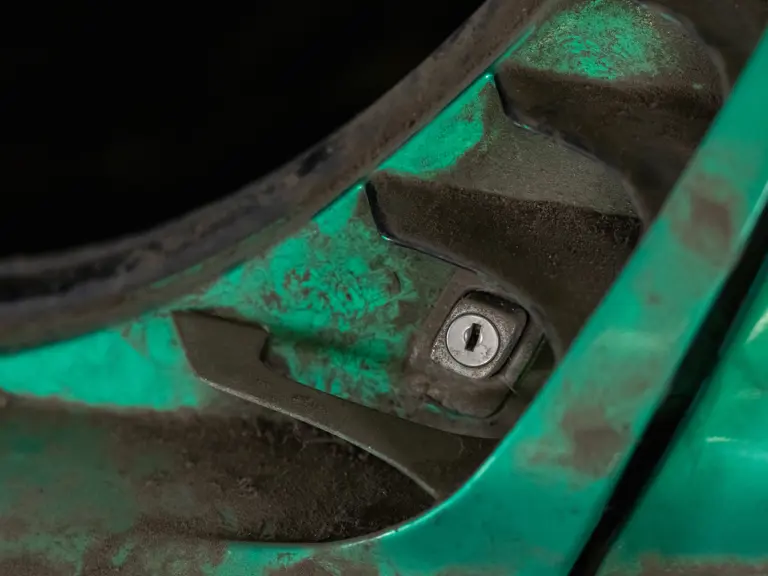
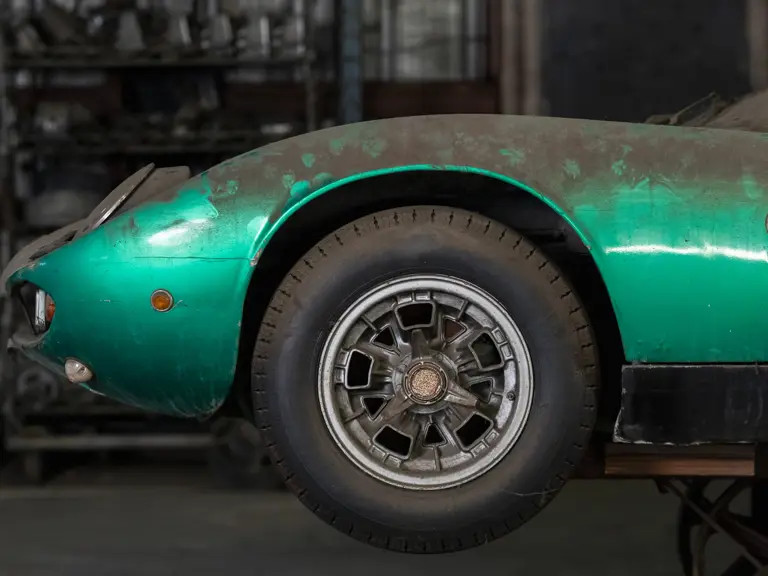



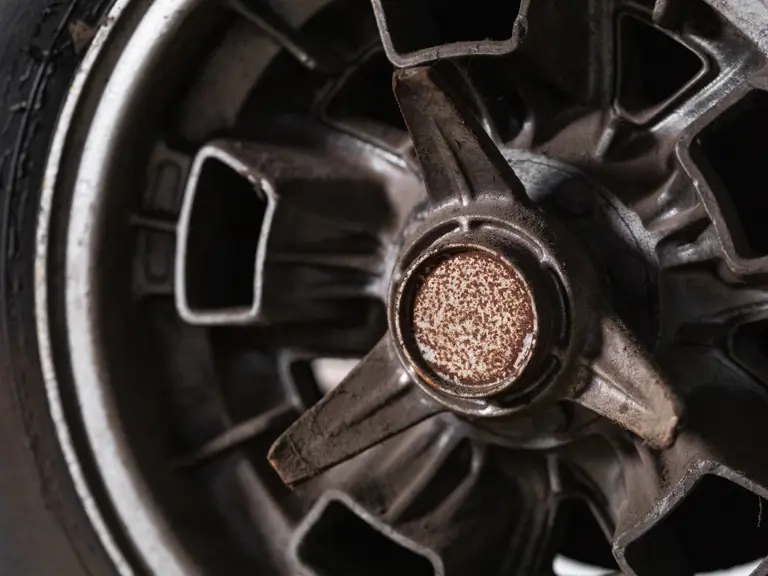
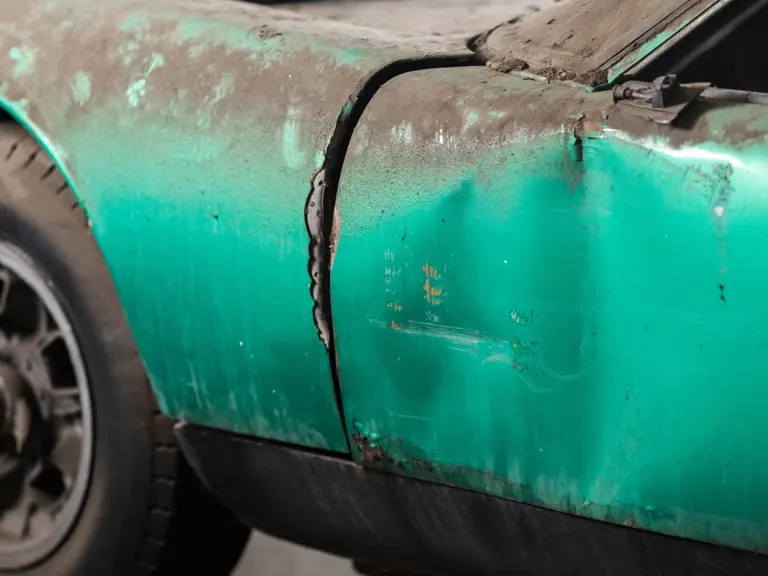


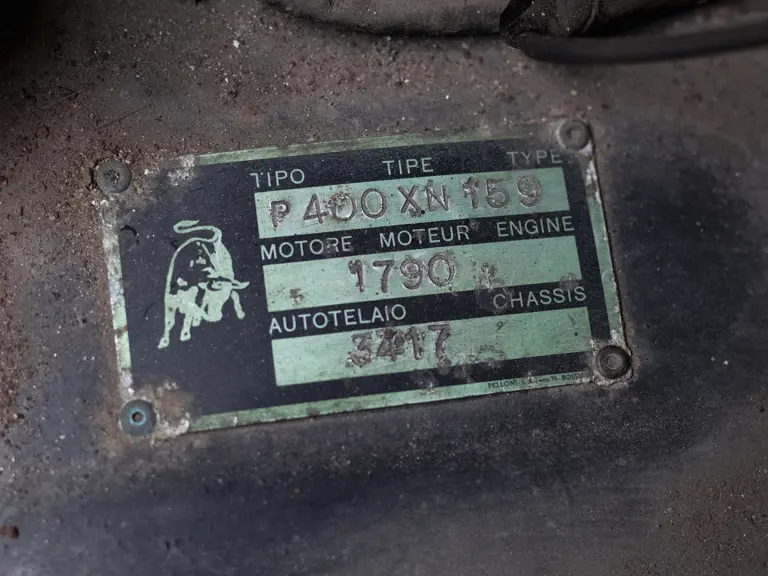
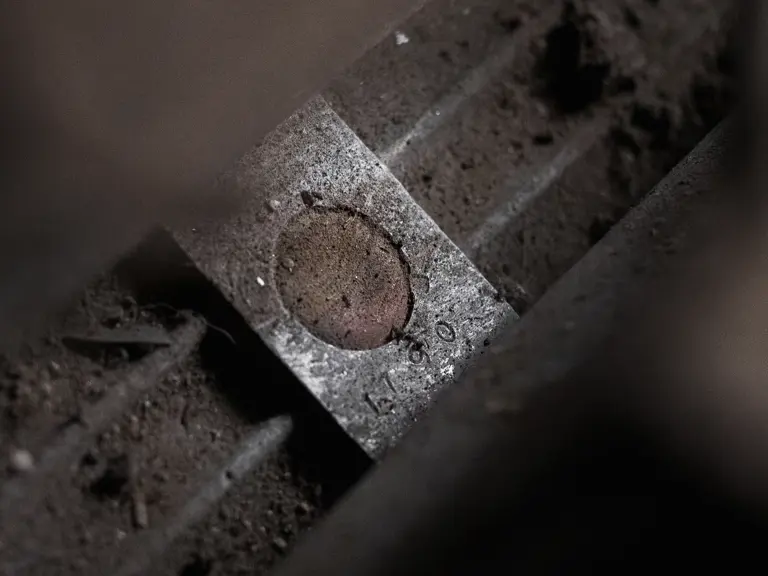

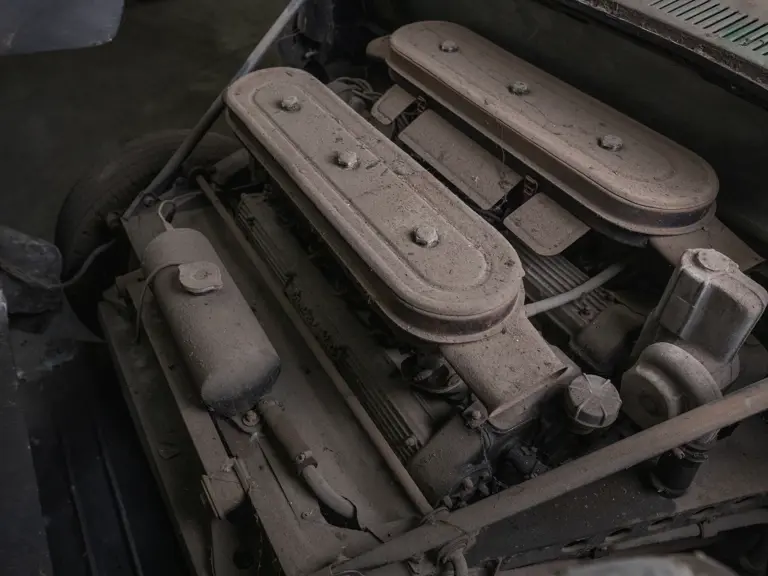
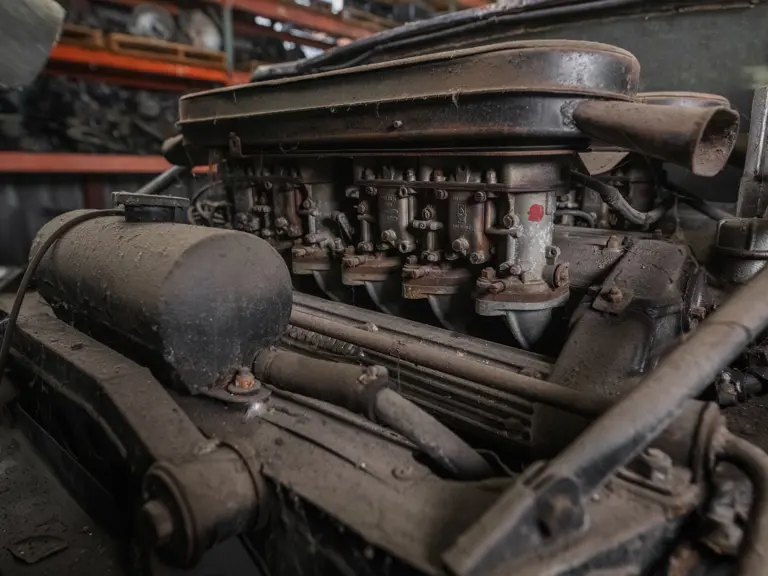

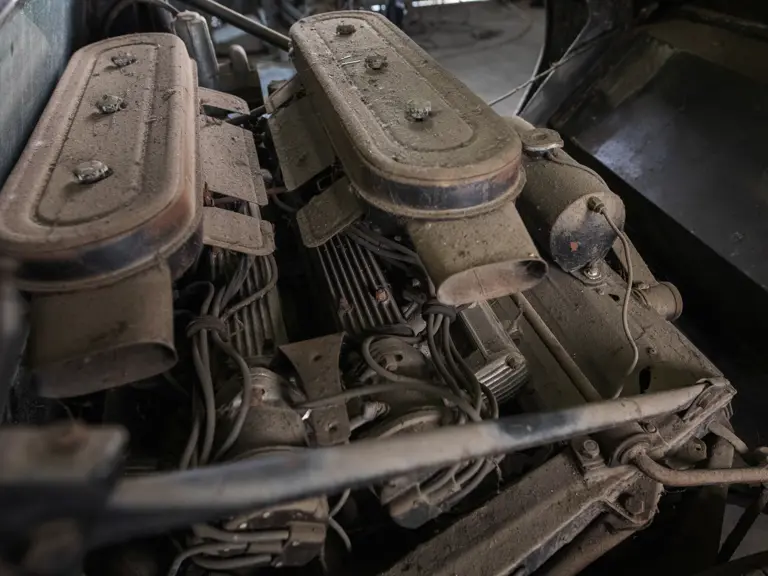
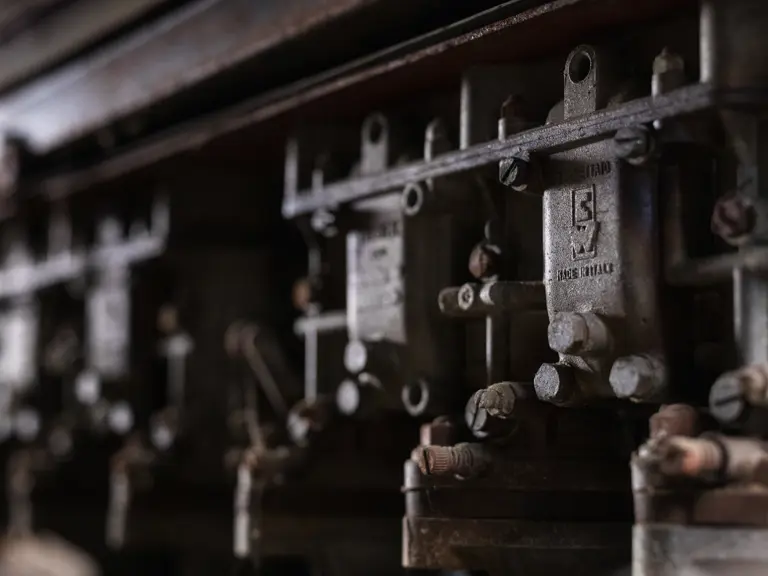
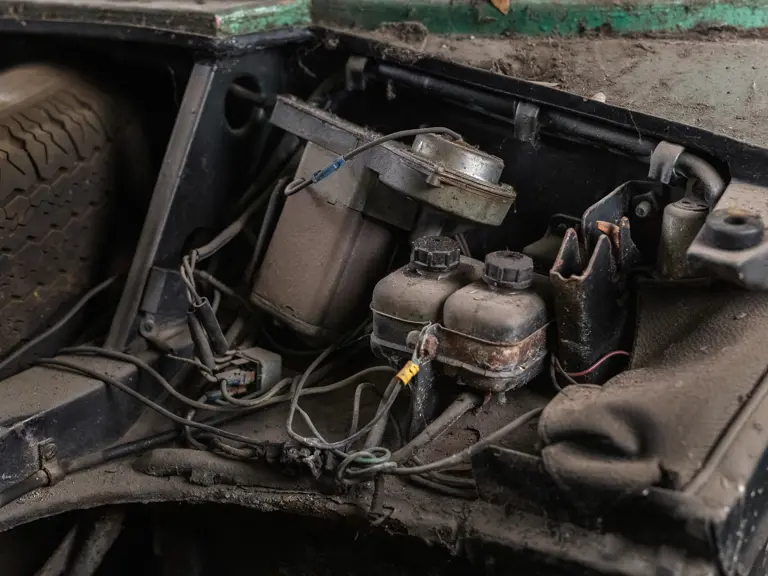
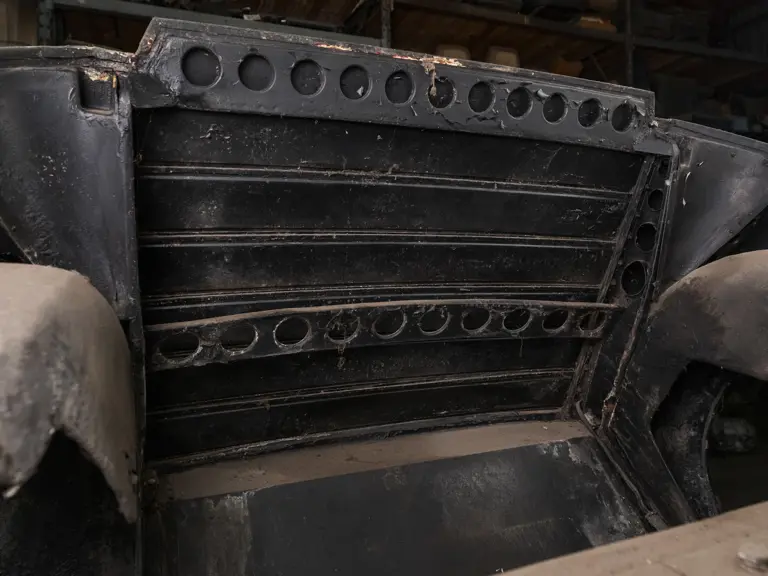
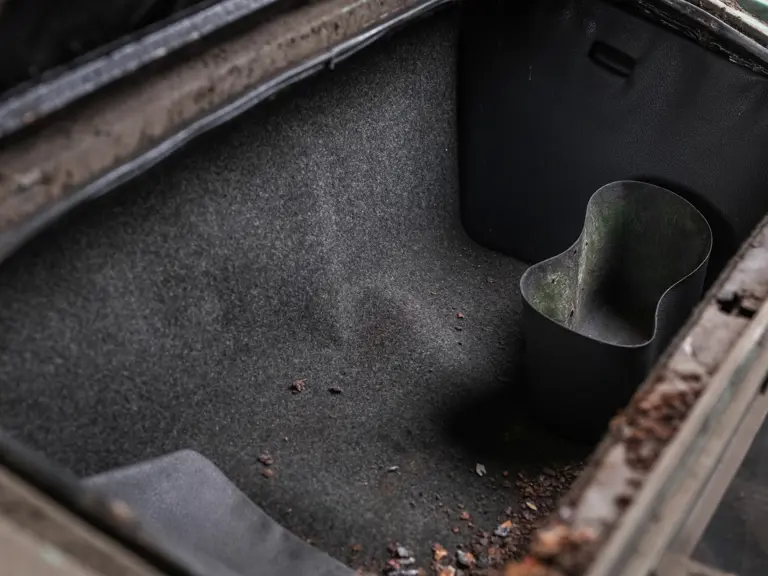

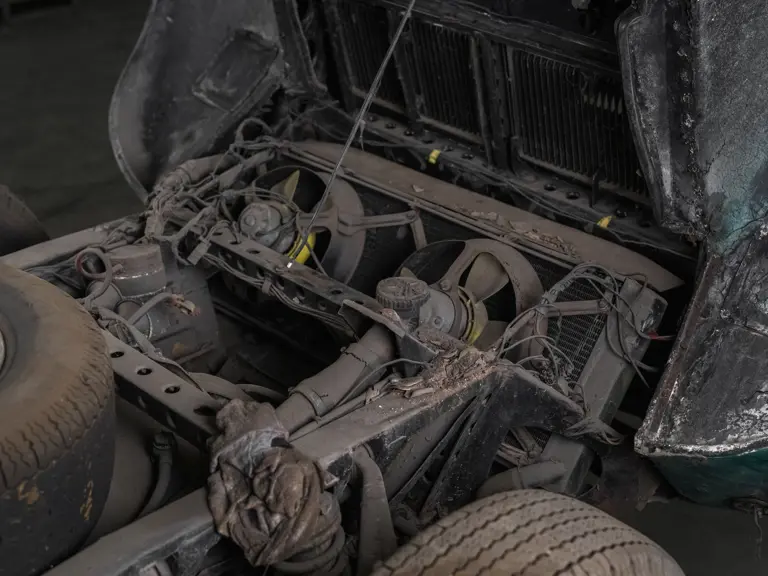

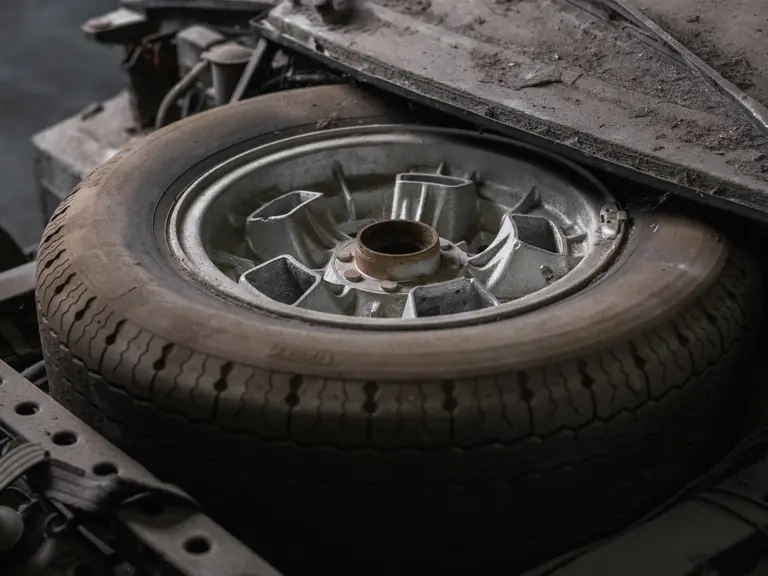
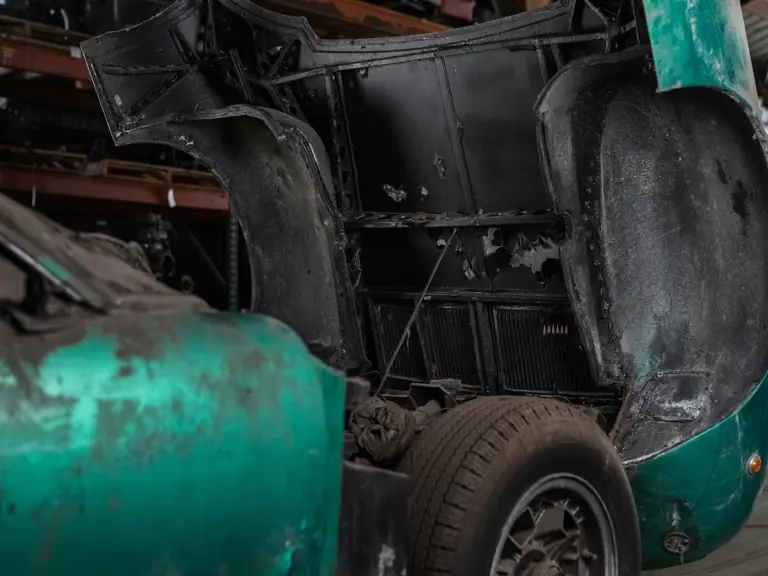
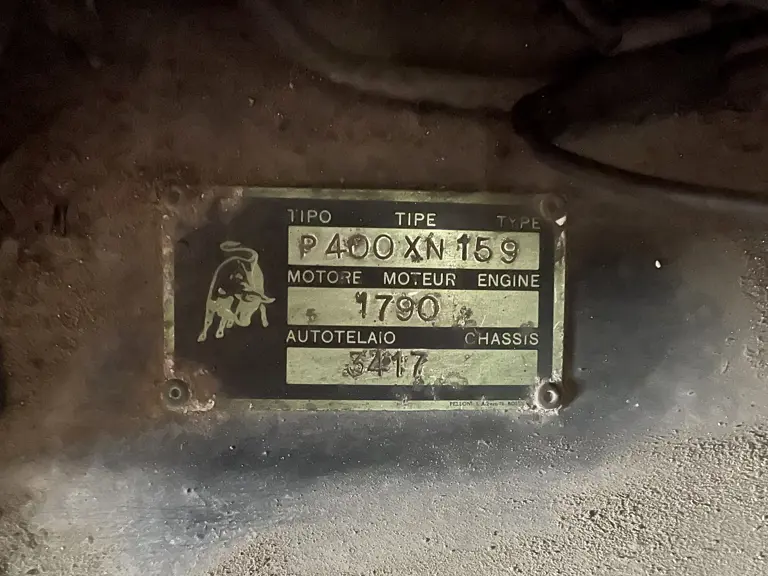


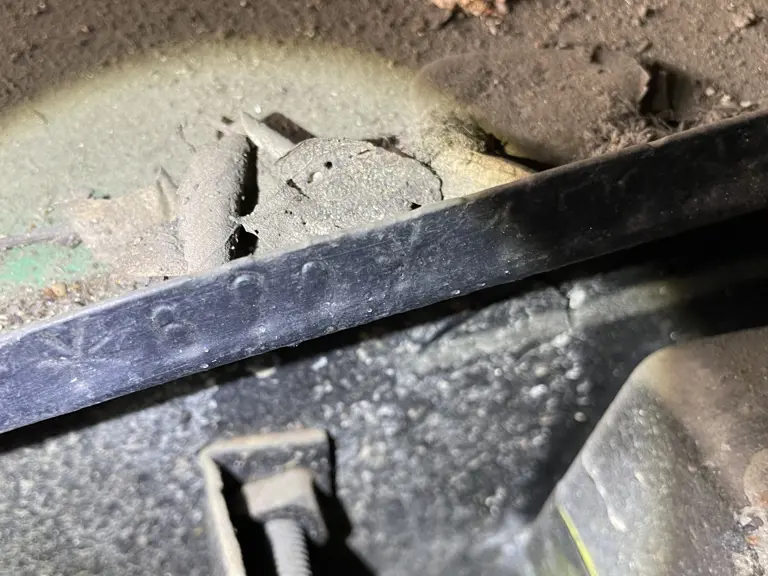
 | Los Angeles, California
| Los Angeles, California

